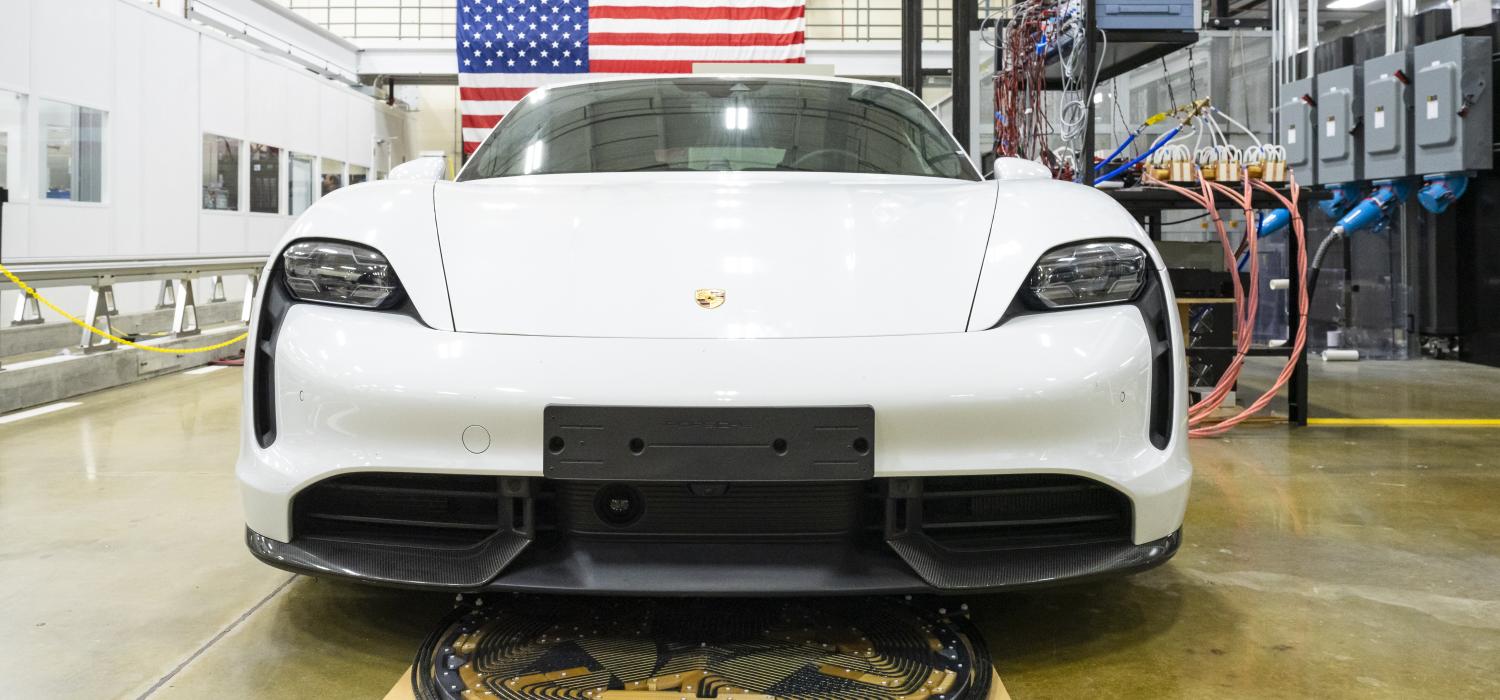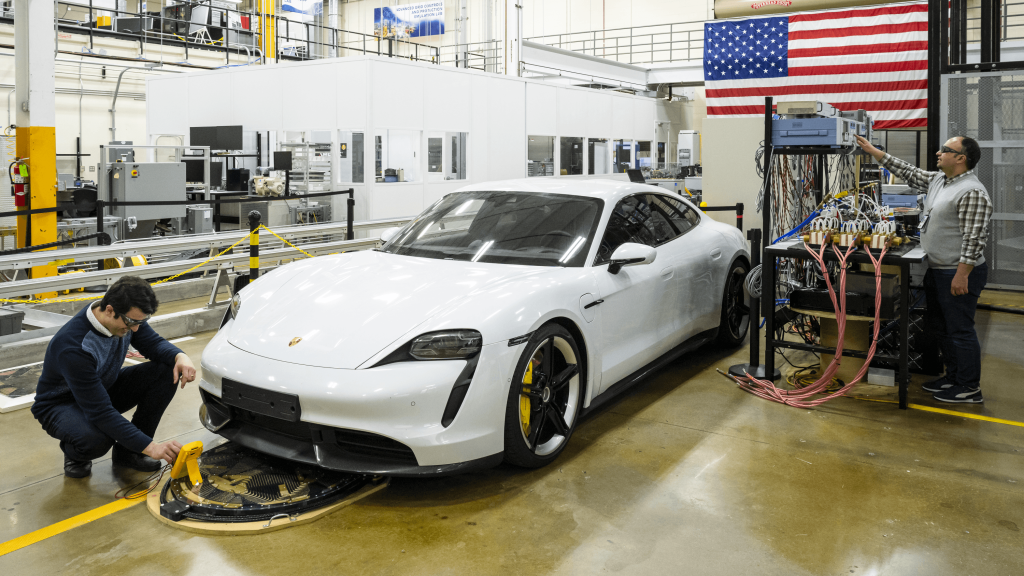Vehicles-to-Grid Lab


The Vehicles-to-Grid Laboratory focuses on high power charging hardware and how it interacts with the electric grid. The extreme fast charging infrastructure provides a test bed for wireless charging technology for light-and medium duty vehicles as well as grid interface controls developed at ORNL. The ecosystem includes stationary and dynamic wireless power transfer systems, bidirectional electric vehicle charging applications, and plug-in charging systems.
Research addresses challenges presented by extreme fast charging from drivetrain inverters, motors, converters, and wired charging including electric vehicle (EV) refueling infrastructure needs through wireless extreme-fast charging (Wireless-XFC) and dynamic wireless power transfer (DWPT).
Wireless-XFC research seeks to reduce charging times to about 15 minutes, automate the charging process, and provide additional convenience, flexibility, and safety during charging. Dynamic wireless power transfer will also enable EVs to recharge while in motion, reduce battery sizes and EV costs, and prolong battery life.
Bi-directional EV charging research addresses how EVs can be used to provide grid support or grid ancillary services while optimizing microgrid operations. It refines behind-the-meter controls, which manage the timing of battery charging, evenly distribute electrical loads, and take advantage of peak-shaving opportunities offered by utilities.

Uniqueness and capabilities
Technology resources
